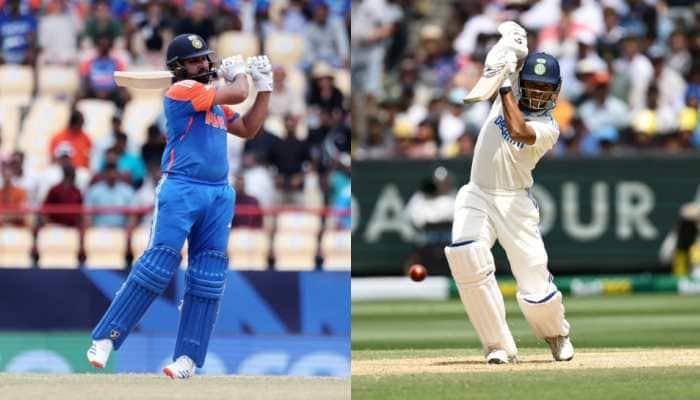Gravitational waves discovery elates Indian scientists
According to the city-based International Centre for Theoretical Sciences (ICTS), gravitational waves carry information about their origins and the nature of gravity.
Trending Photos
)
Bengaluru: Scientists and professors in Bengaluru are elated at the discovery of gravitational waves hypothesised by Albert Einstein in 1915 and said India must continue to attract future generations into this great voyage of discovery.
"The discovery was made possible by massive improvements in technology, ingenious experimentalists and combination of techniques, as well as improvements in numerical relativity, and availability of supercomputers on which Einstein's equations could be solved," B. Ananthanarayan, Indian Institute of Science (IIS) professor and chairman of Centre for High Energy Physics, told IANS.
Associate professor in the Department of Physics at IIS Banibrata Mukhophadyay said the gravitational waves discovery confirms the strong field test of general relativity.
"The descriptions of astrophysical/cosmological features, which are based on the assumption that Einstein's theory is valid, will now become boldaI would say that in one way this is just the beginning of exploration of gravitational waves to understand astrophysical phenomena," Mukhophadyay told IANS.
According to the city-based International Centre for Theoretical Sciences (ICTS), gravitational waves carry information about their origins and the nature of gravity.
ICTS said the gravitational waves were detected on September 14, 2015 at 5.51 am Eastern Daylight Time (EDT) or around 4.21 pm Indian Standard Time (IST) by the twin Laser Interferometer Gravitational-wave Observatory (LIGO) detectors based in Livingston, Louisiana, and Hanford, Washington D.C.
Funded by the National Science Foundation (NSF), the LIGO observatories were conceived, built and operated by California Institute of Technology (Caltech) and Massachusetts Institute of Technology (MIT).
"From the dawn of time humankind has observed the universe using light. Now a completely new way, using gravitational waves instead, has opened up. Who know what mysteries of the universe will be uncovered using it?" said Sandip Trivedi, director, Tata Institute of Fundamental Research (TIFR) in an ICTS statement.
C.V. Vishveshwara, an Indian theoretical physicist who contributed to understanding the final stages of such gravitational waves production phenomenon using theoretical calculations on the stability of black holes predicted by Einstein's theory said the development opens new avenues.
"LIGO observation of gravitational waves emitted during the merger of two black holes is an extraordinarily exciting event indeed. It opens up a new avenue to the understanding of these strange but beautiful objects," said Vishveshwara in the statement.
While ICTS founder director Spenta Wadia said the direct observation of gravity waves by LIGO is a turning point in astronomy.
"Unlike light waves, gravity waves can travel to us from the time of the birth of the universe. The LIGO discovery makes the observation of primordial gravity waves a realistic dream for the future," said Wadia in the statement.
More than 1,000 scientists from across the US and 14 other countries undertake LIGO research through LIGO Scientific Collaboration (LSC).
As many as 90 universities and research institutes under LSC develop detector technology and analyse data.
Over the last 25 years, Indian scientific community also made significant contribution to gravitational wave physics.
Professor Bala R. Iyer of ICTS - TIFR in collaboration with French scientists developed theoretical calculations for model gravitational-wave signals from orbiting black holes.
And in parallel, Sanjeev Dhurandhar of Pune-based Inter-University Centre for Astronomy and Astrophysics (IUCAA) produced foundational work developing data analysis techniques used for detecting weak signals buried in detector noise.
Indian scientists and researchers from Chennai Mathematical Institute (CMI), ICTS-TIFR Bangalore, Indian Institutes of Science Education and Research (IISER) in Kolkata and Trivandrum, Indian Institute of Technology (IIT) AGandhinagar, Institute of Plasma Research (IPR) Gandhinagar, IUCAA Pune, Raja Ramanna Centre for Advanced Technology (RRCAT) Indore and TIFR Mumbai participate in LSC under the umbrella of Indian Initiative in Gravitational-Wave Observations (IndIGO).
Stay informed on all the latest news, real-time breaking news updates, and follow all the important headlines in india news and world News on Zee News.
Live Tv







)
)
)
)
)
)
)
)
)
)
